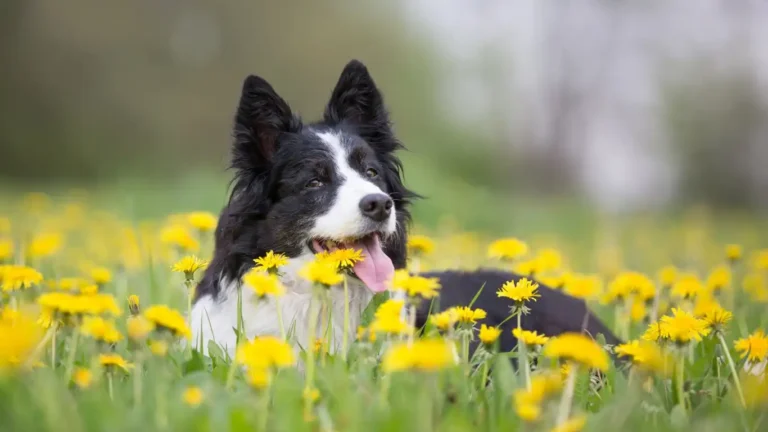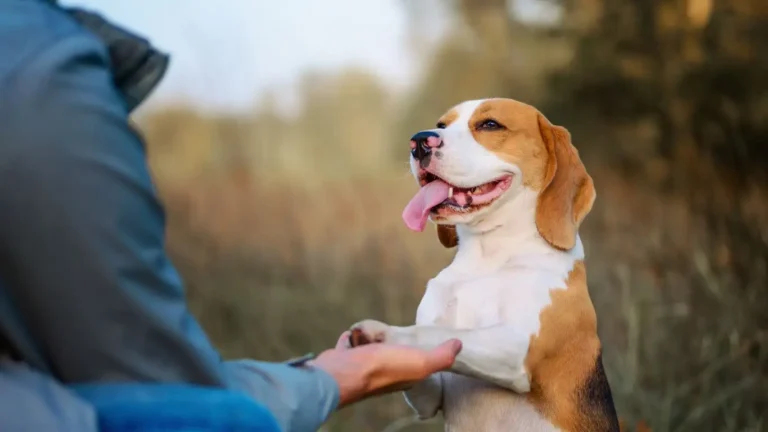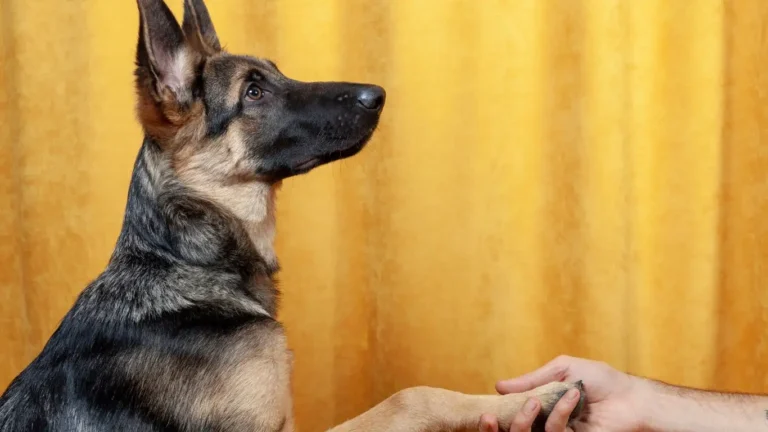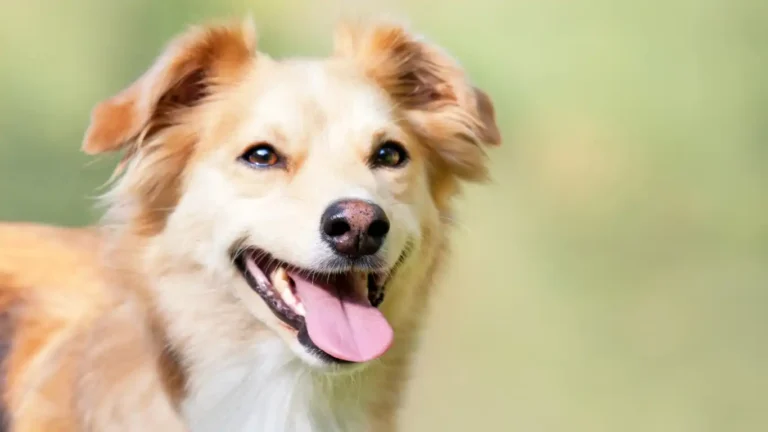Essential Dog Training Tips to Help Your Pup Master Commands
When it comes to raising a well-behaved pup, having a solid foundation makes all the difference. Over the years working as a Canine-Assisted Therapy Trainer, I’ve learned that success boils down to mastering a few essential dog training tips early on. And trust me, if you’re thinking it’s all about strict commands and rigid discipline—think again. Real-life training is messy, full of surprises, and, dare I say, kinda fun when you do it right. Let’s dig into what really works, straight from my leash-holding hands to yours.
Understanding Your Dog’s Mindset

Before diving into specific commands or routines, it’s crucial to wrap your head around how dogs actually think. Dogs aren’t being “stubborn” or “naughty” just to mess with you—they’re often just unsure of what you want. Dogs read our tone, body language, and consistency far more than the actual words coming out of our mouths.
One of the first things I always tell new dog parents is: your dog isn’t trying to win or lose a power struggle—they’re just trying to figure out the rules of the game. When you keep that in mind, training becomes more about communication than control.
How Dogs Learn Best
Here’s a little cheat sheet based on what I’ve observed firsthand:
- Repetition – Dogs learn through consistent repetition, not occasional correction.
- Timing – Rewards or corrections need to happen within 1-2 seconds of the behavior. Any later, and they don’t connect the dots.
- Motivation – Every dog has a different motivator. Some work for food, others for praise, and some just want a squeaky toy.
Body Language Over Words
Once, during a therapy session with a particularly anxious rescue, I noticed he responded better to a calm step back and open palms than any “sit” or “stay.” That was a lightbulb moment. Dogs watch how we carry ourselves more than what we say. So if your dog’s ignoring your words, it might be your posture or energy that’s sending mixed signals.
Building Trust First, Commands Second
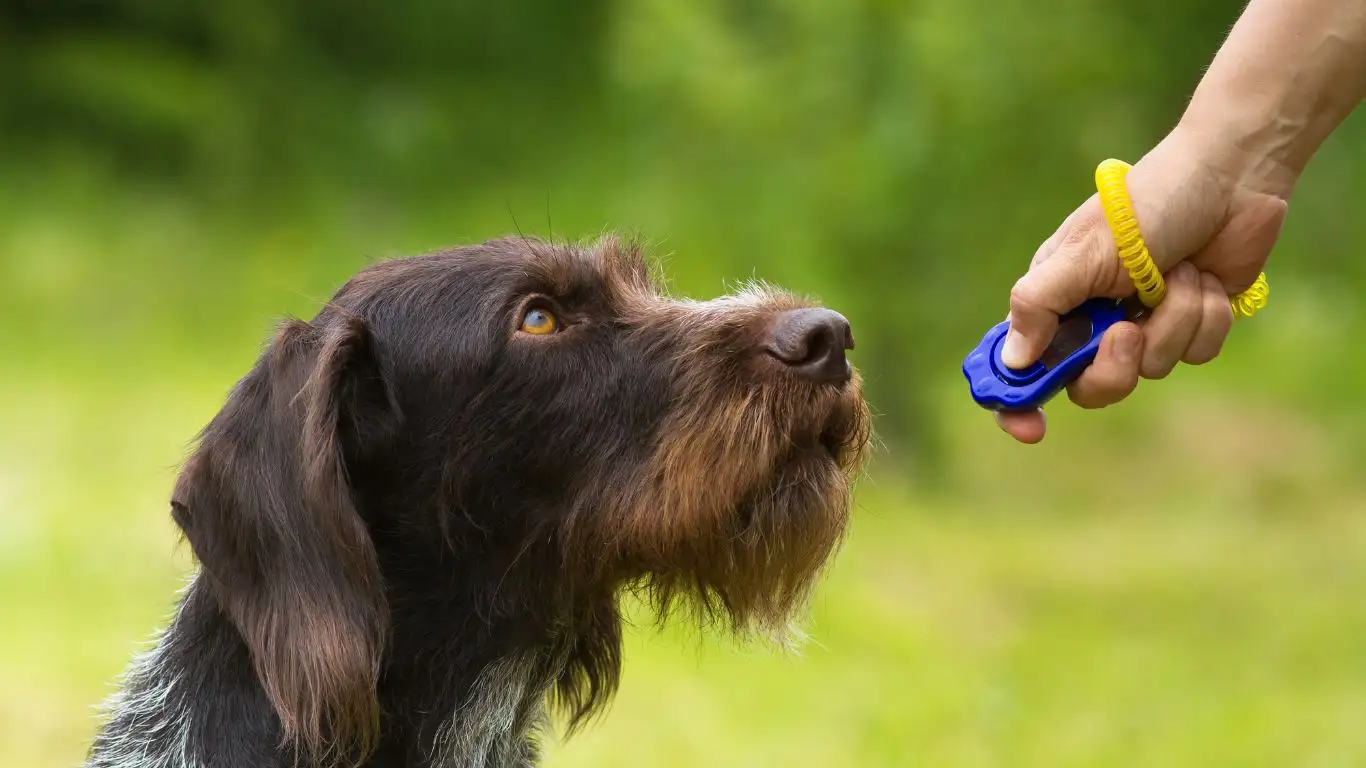
If there’s one thing I emphasize to every client, it’s this: trust is the glue that holds training together. Without it, commands are just noise. Before jumping into formal obedience, focus on the relationship. Make your dog feel safe, seen, and secure around you. Trust me, once your pup knows you’ve got their back, they’re way more likely to listen—even in distracting situations.
How to Build That Bond
- Start with positive interactions—mealtimes, short walks, and relaxed play sessions.
- Let your dog come to you sometimes instead of always calling them over.
- Observe their comfort zones and don’t force them into overwhelming situations.
One of my therapy dogs, Luna, wouldn’t let anyone touch her for weeks when she was rescued. Instead of forcing affection, we just hung out in the same space, tossing treats gently and letting her come closer on her own terms. That gentle trust-building paid off tenfold in later training.
Start with the Basics: Sit, Stay, Come

Alright, now let’s talk meat and potatoes—the basic commands every dog should know. These aren’t just for show. In therapy settings, these skills help dogs stay calm, grounded, and safe around vulnerable humans. At home, they make everyday life smoother and safer for both you and your furry sidekick.
Sit
This is usually the first command we teach. It’s simple, easy to reward, and a great foundation for more complex behaviors. Here’s my go-to technique:
- Hold a treat close to your dog’s nose.
- Slowly move your hand upward—your dog’s bottom should naturally lower.
- As soon as they sit, mark it with a cheerful “Yes!” and give the treat.
Repeat a few times, always rewarding quickly. Don’t push their backside down—that’s uncomfortable and counterproductive.
Stay
“Stay” is golden, especially in real-life scenarios. I once had a therapy dog hold a stay in a hospital room while a young patient cried nearby—zero chaos, pure comfort. Here’s how to teach it:
- Ask your dog to sit or lie down.
- Hold your palm out like a stop sign and say “Stay.”
- Take one small step back. If they hold position, reward.
- Gradually increase distance and duration over sessions.
Come
Recall is a lifesaver, literally. Whether you’re calling your dog from across the park or out of harm’s way, a reliable “come” is non-negotiable.
- Use a happy, upbeat tone when calling.
- Always reward with something awesome—treats, play, affection.
- Never call them to you for something negative (like nail trimming!).
With consistency, these basic commands evolve from tricks to essential communication tools. In therapy work, I’ve seen these simple skills make all the difference—like when a dog sits calmly beside someone in a wheelchair instead of jumping up in excitement. That control doesn’t come overnight, but it does come with practice, patience, and a solid strategy.
Consistency: The Secret Sauce to Dog Training Success
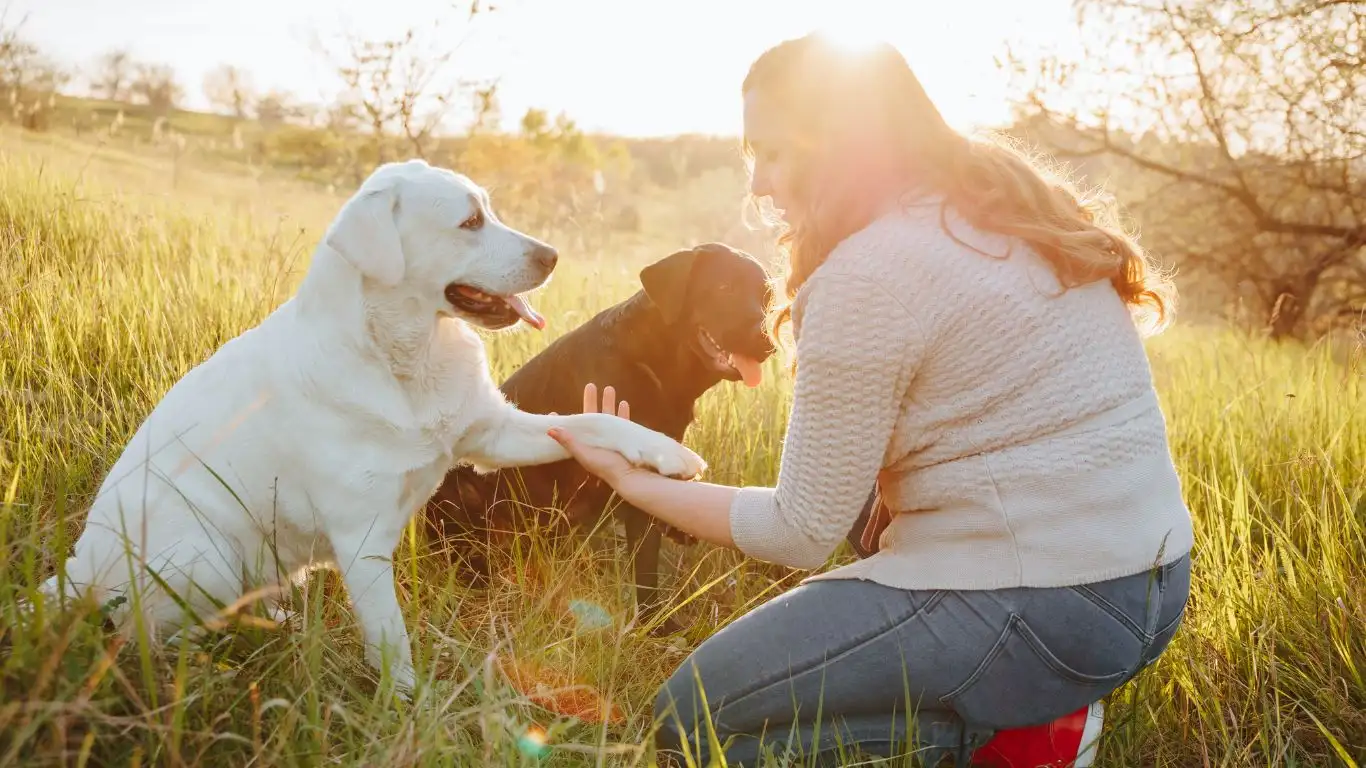
If I had a nickel for every time someone told me, “But he listens to *me*, just not my partner or the kids,” I’d have enough for a lifetime supply of treats. Honestly, consistency is one of the most overlooked yet absolutely essential dog training tips. Dogs thrive on clear, repeated signals. If one person allows jumping on the couch while another scolds for it, your pup ends up confused—not disobedient.
In one of my multi-dog therapy sessions, we had a mix of handlers and dogs working together. The teams who stuck to consistent cues, tones, and expectations saw progress almost twice as fast. Dogs love knowing what to expect. It builds their confidence and makes them more eager to learn.
Make the Rules Clear for Everyone
If you live in a household with more than one person interacting with the dog, get everyone on the same page. Here’s what I recommend:
- Create a simple list of household dog rules—yes, actually write them down.
- Use the same commands and hand signals across the board.
- Stick with one training philosophy (positive reinforcement is best!) to avoid mixed messages.
It’s amazing how much faster training clicks when everyone speaks the same “dog language.”
Essential Dog Training Tips for Real Life Scenarios
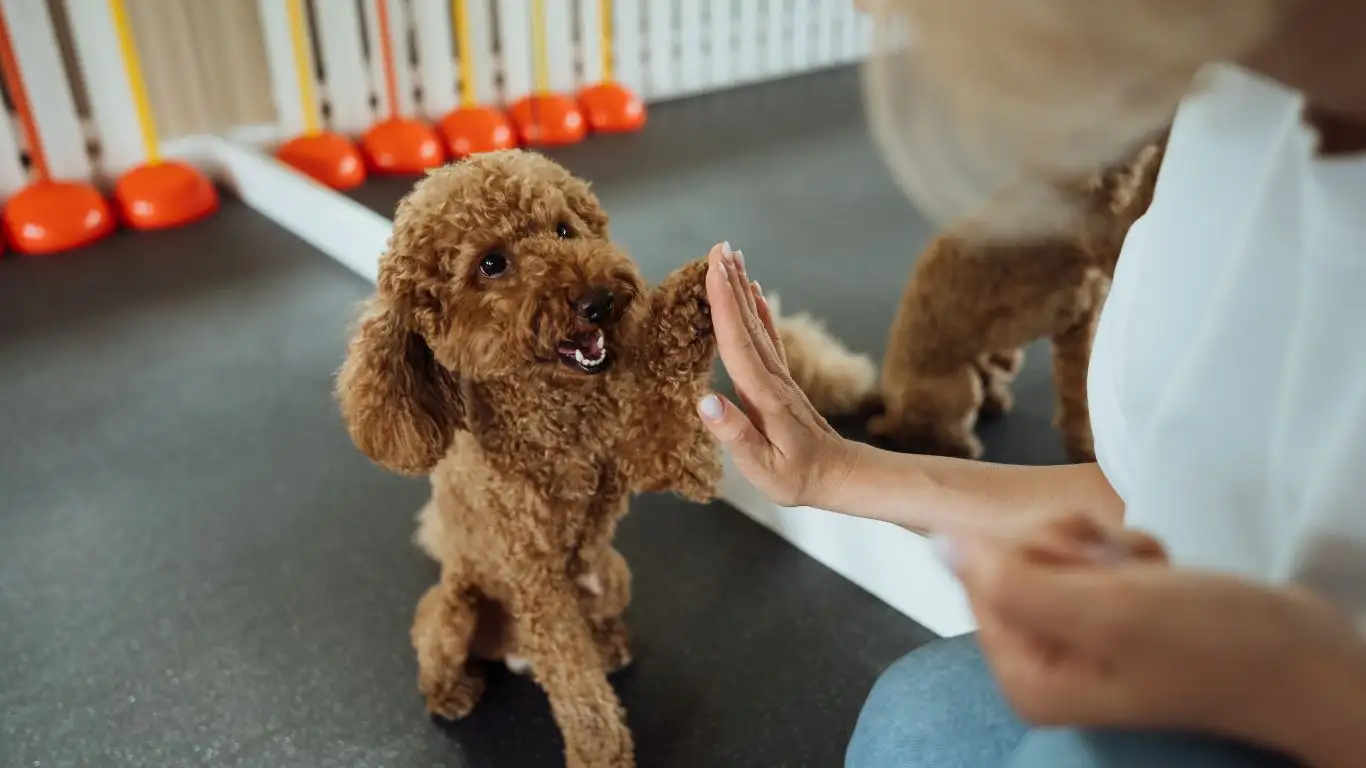
Okay, so you’ve got sit, stay, and come down. But now what? Life isn’t a quiet living room—it’s loud, messy, and full of squirrels. That’s why training in real-world situations is the next big step. As someone who works with therapy dogs, I know just how crucial it is that obedience holds up outside your home bubble.
Training in Different Environments
I remember one of my dogs, Max, who was flawless indoors but turned into a space cadet at the park. What changed? Distractions. New smells, other dogs, distant birds—it was like trying to teach calculus during a rock concert. Here’s how to work through it:
- Start in quiet spots and slowly level up to busier environments.
- Keep sessions short at first. Even two minutes of focus at a park is a win.
- Use high-value treats or toys they ONLY get during training.
Don’t expect perfection overnight. Give your dog time to adjust to each new level of chaos. Progress looks like your dog checking in with you more and more in distracting environments. Celebrate that!
Leash Manners Matter More Than You Think
If I had to pick one behavior that impacts both therapy sessions and regular dog life the most—it’s loose leash walking. Nobody enjoys getting dragged like a water skier behind a Labrador. Teaching your dog to walk calmly beside you is not only safer but also makes public outings way more enjoyable.
Try this simple drill I use with my therapy candidates:
- Hold a treat by your side and take one step.
- If your dog stays by you, mark and reward.
- If they pull, stop walking—like a tree.
Pretty soon, they learn that staying near you = forward movement. Pulling = nada. It takes patience, but it absolutely pays off.
Handling Setbacks Like a Pro

Look, I’ll be the first to admit—training isn’t a straight line. You’ll have days where your dog seems to forget everything. And that’s okay. Regression is normal. Even my best therapy dogs have off-days. What matters most is how you respond.
Don’t Panic, Just Pivot
If something isn’t working, change the approach instead of escalating your frustration. One time, a golden retriever in training stopped responding to “down” altogether. Instead of repeating it louder (we’ve all done it), I turned it into a fun game—he had to “find” the treat under my palm while laying down. Boom. Problem solved.
Here are a few mindset shifts that help during setbacks:
- Lower your expectations temporarily – Go back a step in training and rebuild from there.
- Reinforce wins – Reward what’s going well, even if it’s small (like looking at you during chaos).
- Stay positive – Dogs pick up on our mood way faster than we realize.
Know When to Ask for Help
There’s no shame in reaching out to a professional. Sometimes we’re too close to the problem to see it clearly. I’ve worked with owners who were convinced their dogs were “untrainable,” only to discover it was just a matter of switching up the training strategy or environment. Getting a second set of eyes can be a game-changer.
And if you’re ever considering therapy certification or advanced training, working with a trainer who has hands-on experience in behavior shaping is invaluable. Trust me—it saves a lot of trial and error.
Emotional Connection as a Training Tool

Last but definitely not least, let’s talk about the heart of training—your bond with your dog. I’ve seen dogs who barely knew a single command light up and behave beautifully just because they trusted their handler. Connection is powerful. When your dog knows you’re in this together, they’ll try harder, listen longer, and recover faster from distractions or stress.
Ways to Deepen the Bond
- Train with love, not frustration. You’re a team, not a drill sergeant and recruit.
- Be present. Put the phone down and really watch how your dog responds and learns.
- Celebrate progress together. End each session on a high note with play or cuddles.</li
Advanced Commands That Make Everyday Life Easier
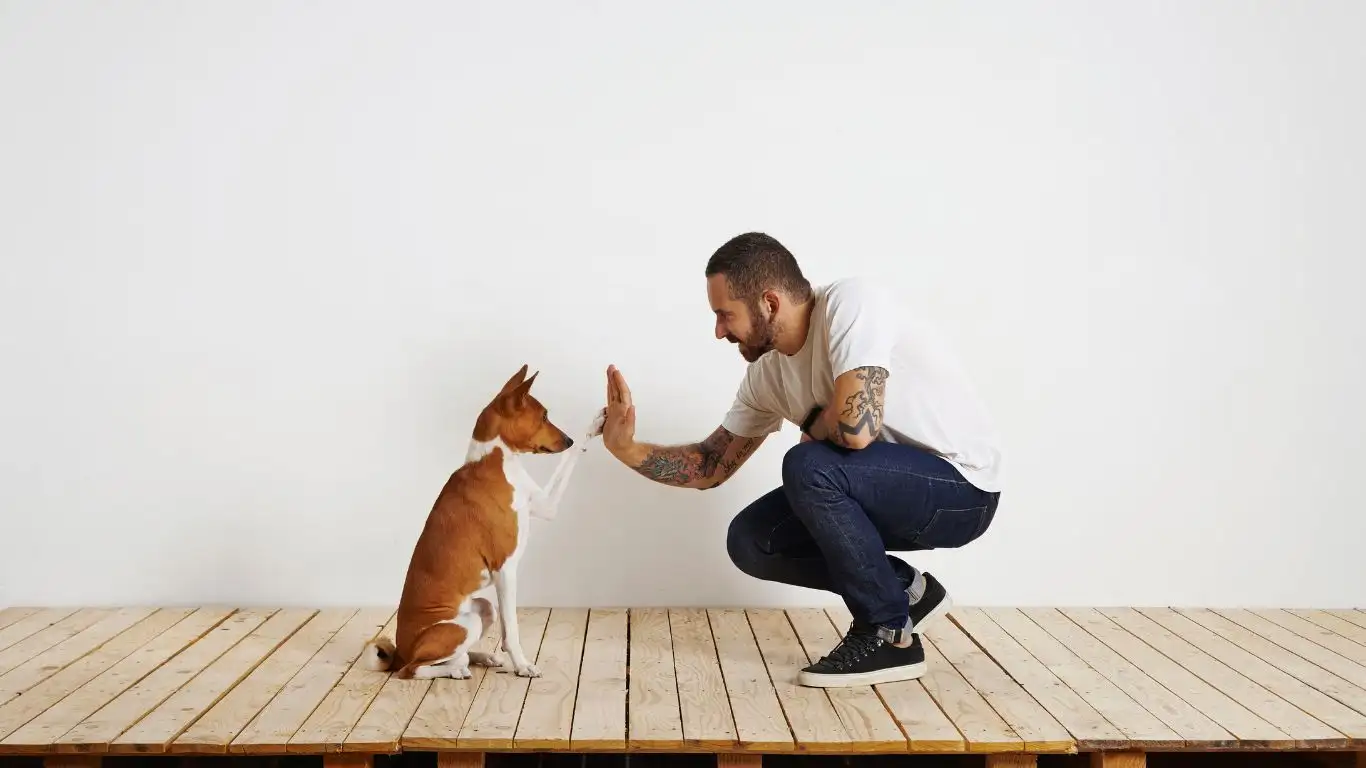
Once you and your pup have nailed the basics and built a solid bond, you might be wondering, “What’s next?” Well, this is where training gets really exciting. Adding a few advanced commands into your routine not only keeps your dog mentally stimulated but also makes your everyday life a lot smoother. From navigating crowded sidewalks to helping out around the house, the sky’s the limit when it comes to useful skills.
Leave It
This one’s an absolute must. Whether it’s a chicken bone on the sidewalk or your favorite pair of shoes, “leave it” teaches your dog impulse control. I’ve had therapy dogs in hospitals where they needed to ignore dropped food or medical equipment—and this command was a lifesaver.
- Start with a treat in each hand—one visible, one hidden.
- Show the visible one and say “leave it.”
- When your dog looks away or backs off, reward with the treat from the hidden hand.
It takes practice, but eventually, they’ll learn to pause and look to you before diving for anything questionable.
Place
“Place” is another powerful tool. It teaches your dog to go to a specific spot and chill out there until released. I’ve used this command with my therapy dogs during school visits, giving kids space while keeping the dogs calm and nearby.
- Choose a mat or bed and reward your dog for stepping on it.
- Add the verbal cue “place” as they approach it.
- Gradually increase how long they stay and how far you move away.
Pro tip: use “place” during busy household moments like dinner prep or when guests arrive—it keeps everyone sane.
Essential Dog Training Tips for Building a Lifetime Routine

Now that your dog has a solid skill set, the next step is keeping those skills sharp. Just like we need mental workouts and routines, dogs need continued structure to thrive. One mistake I see too often is folks thinking training is “one and done.” Spoiler alert: it’s not.
Make Training Part of Everyday Life
You don’t need a rigid training schedule or an hour carved out daily. Just sneak it into your regular interactions:
- Ask for a “sit” before meals or walks.
- Use “stay” at doorways before going outside.
- Play games like “find it” or “touch” to reinforce recall and attention.
One of my favorite quick exercises is a 5-minute “training blitz” in the backyard. We go through a few commands, reward with tug or a short game, and boom—job done. Keeps their brains working and our bond strong.
Rotate Rewards to Keep It Interesting
Dogs get bored too. If you’ve been using the same old liver treats since puppyhood, try switching it up. Rotate between:
- High-value treats (like freeze-dried chicken or cheese)
- Verbal praise (enthusiastic “yes!” or “good job!”)
- Physical affection (chin scratches, belly rubs, etc.)
- Toys or playtime as the reward
When the reward is something they’re excited about, motivation skyrockets. That’s especially helpful if your dog’s been a little meh about listening lately.
Common Mistakes That Sabotage Progress
Even with the best intentions, it’s easy to fall into a few traps that slow your dog’s training. I’ve made these mistakes myself early on, so here’s a heads-up on what to watch for:
Too Many Commands, Not Enough Wait Time
We’ve all done the rapid-fire “sit-sit-sit-siiitttt” routine. But here’s the thing—dogs need time to process. Say it once, wait, and if they don’t respond, gently guide or reset. Bombarding them with repeats just teaches them to tune you out.
Only Training at Home
If your dog only practices in your kitchen, don’t expect them to magically behave at the park. Gradual exposure to different environments is key. I take my therapy trainees to coffee shops, hardware stores, and parks to build up their real-world reliability.
Skipping the Fun
Training should be joyful. If it feels like a chore for you, imagine how it feels for your dog. Add play, variety, and energy into your sessions. If you’re having fun, your dog will too—and they’ll learn faster because of it.
Why Relationship-Based Training Works Best
I’ll say this a hundred times if I have to: dogs aren’t robots. They’re emotional, intelligent beings that respond to connection, not coercion. The best training method I’ve ever used is one rooted in trust, respect, and fun.
In therapy work especially, dogs need to feel safe and confident. A dog that’s been yelled at into submission might obey, but they won’t offer the kind of calm, intuitive presence that therapy work demands. That takes love and understanding—not force.
Relationship-based training means you’re always asking, “What does my dog need in this moment to succeed?” and adjusting accordingly. It’s not always perfect, but it’s always worth it.
References
Disclaimer
This article is based on my personal and professional experience as a Canine-Assisted Therapy Trainer. It’s intended for general informational purposes and should not replace professional advice tailored to your dog’s specific needs or health conditions. Always consult with your veterinarian or a certified trainer if you’re unsure how to proceed with any part of your dog’s training or behavior.


